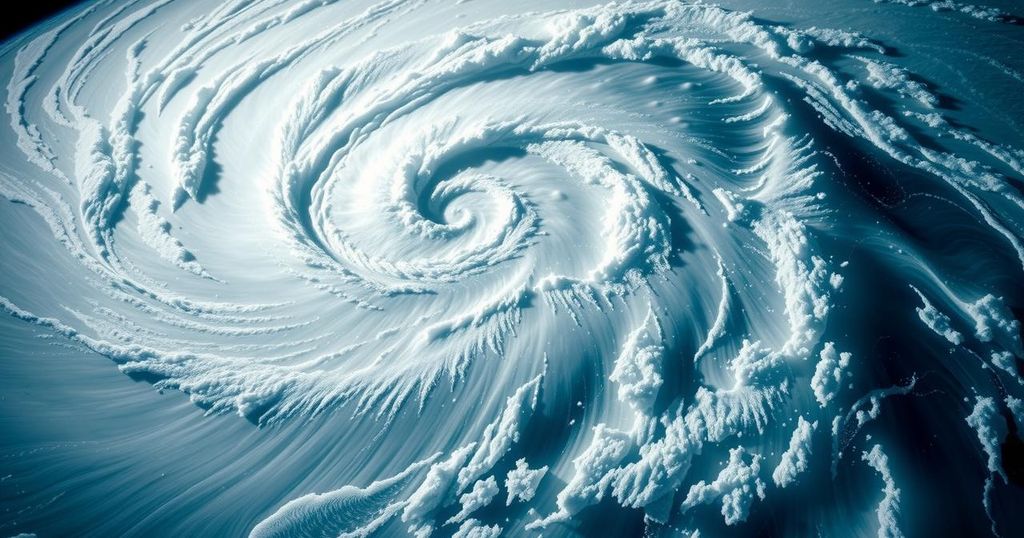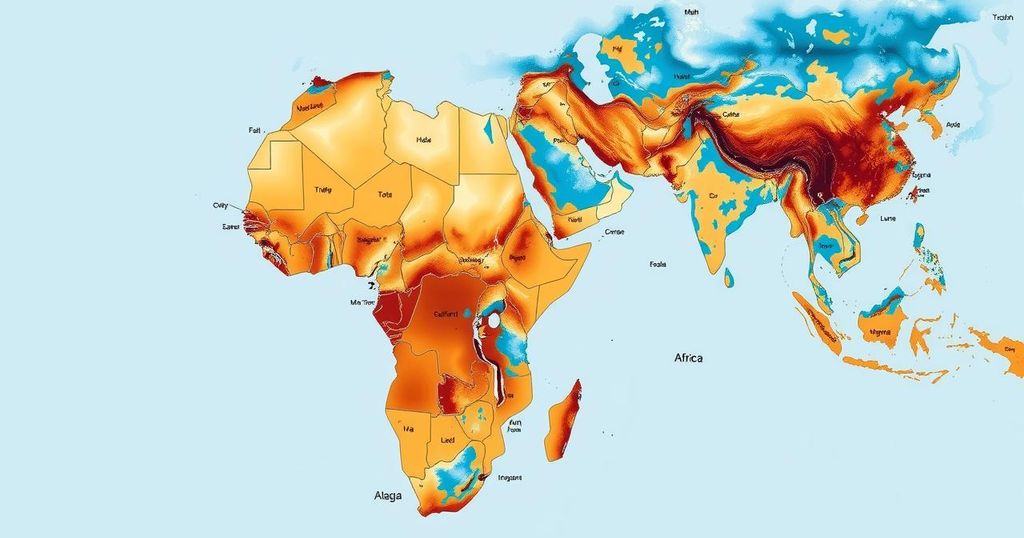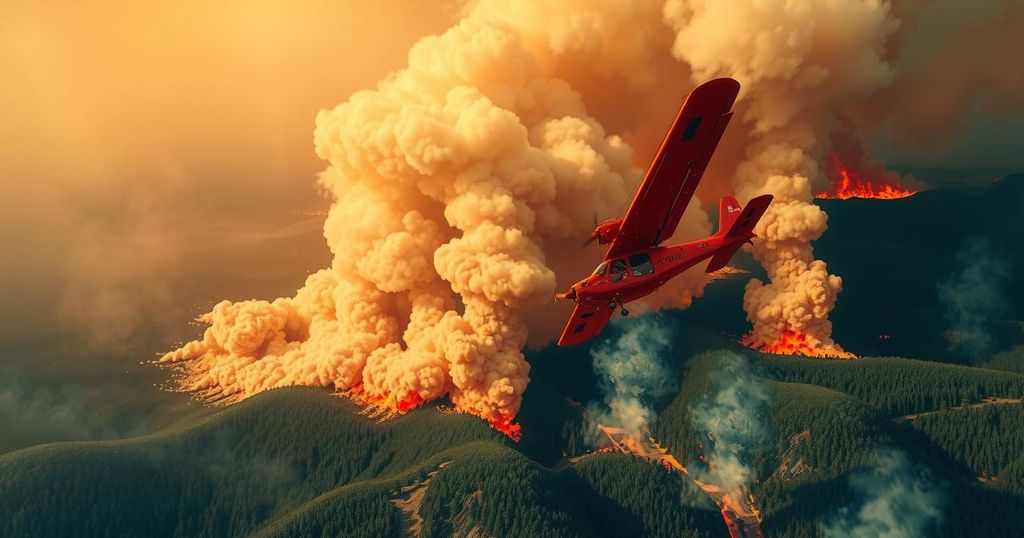Understanding the Formation of Hurricanes
Hurricanes, or tropical cyclones, form over warm ocean waters through a process initiated by tropical waves. The interaction of air masses leads to the rising of moist air, which cools and condenses into clouds. The rotational motion, influenced by the Coriolis effect, characterizes these storms as they develop into powerful systems that wreak havoc upon landfall.
Hurricanes, known scientifically as tropical cyclones, are ferocious storm systems primarily fueled by warm ocean waters. Their formation begins with a tropical wave, which is an area of low pressure rolling from the African coast into the tropics. When this wave encounters warm ocean waters exceeding 26.5°C, moist air begins to rise, creating lower surface pressure. As air rushes in to replace the rising air, the process generates strong wind currents, which contribute to the development of clouds and ultimately a storm system.
The formation of these storms is further influenced by the interaction between different air masses. As the moist air rises, it cools and condenses into clouds, releasing heat that propels the storm’s intensification. This cyclical process continues until significant cumulonimbus clouds form. If the upper atmospheric winds are weak, the storm remains organized and continues to strengthen until wind speeds exceed 74 mph, qualifying it as a tropical cyclone.
Moreover, hurricanes exhibit a rotational motion due to the Coriolis effect, which results from the Earth’s rotation. This effect causes winds to spiral, with hurricanes rotating counterclockwise in the Northern Hemisphere and clockwise in the Southern Hemisphere. The eye of the hurricane forms at the center, surrounded by the powerful circulating winds. These storms thrive on the heat from warm ocean waters, intensifying until they make landfall, where they can unleash destructive rainfall and storm surges, leading to significant damage before they begin to dissipate due to the absence of their energy source.
This article discusses the intricacies of hurricane formation, detailing the critical conditions essential for their development. It explains the role of warm ocean waters, atmospheric pressure dynamics, and the Coriolis effect in the creation and behavior of these devastating storms. Understanding these processes is vital for predicting hurricane activity and mitigating the impact of these natural phenomena on coastal communities.
In conclusion, hurricanes are powerful meteorological events that arise from specific conditions involving warm ocean waters, air pressure changes, and the Coriolis effect. Their formation is initiated by tropical waves and is bolstered by the rising of moist air, resulting in the development of severe storm systems. The understanding of these processes is crucial for preparedness and response to the significant dangers hurricanes pose.
Original Source: www.pbs.org




Post Comment